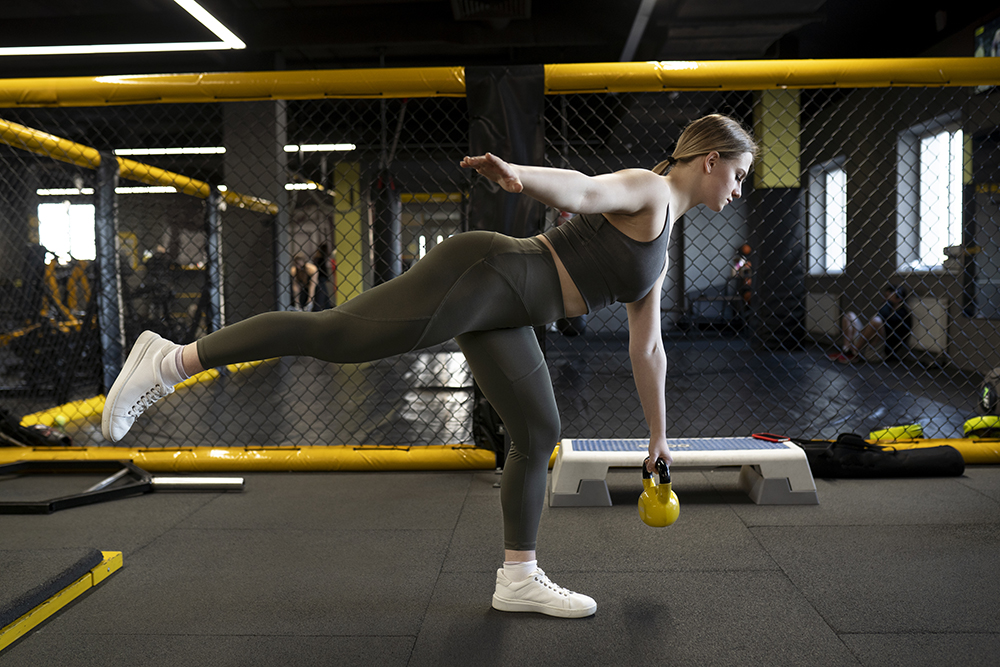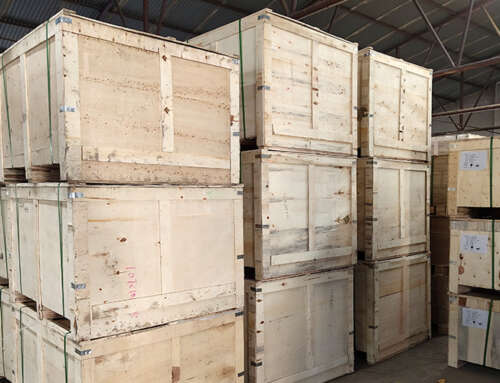Kettlebells have become a popular fitness tool in recent years, offering a versatile and effective way to strengthen and tone the body. However, not all kettlebells are created equal. There are two main types of kettlebells: cast iron kettlebells and competition kettlebells, each with their own unique features and benefits.
It is important for fitness enthusiasts to understand the differences between these two types of kettlebells because choosing the right type can have a significant impact on their training experience and results. For example, cast iron kettlebells are more commonly found in commercial gyms and fitness centers, while competition kettlebells are often used in kettlebell sport competitions. Understanding the differences in weight, shape, handle design, and price can help individuals choose the kettlebell that best suits their needs and fitness goals.
Additionally, the choice of kettlebell can also affect the effectiveness and safety of the exercises performed. Different types of kettlebells may require different techniques and grip strengths, and using the wrong type of kettlebell can lead to injury or muscle strain.
By understanding the differences between cast iron kettlebells and competition kettlebells, fitness enthusiasts can make an informed decision and ensure they are getting the most out of their workouts. In the next sections, we’ll explore the characteristics of each type of kettlebell in more detail.
WHAT ARE CAST IRON KETTLEBELLS?
Cast iron kettlebells are the most common type of kettlebell found in commercial gyms and fitness centers. They are made of solid cast iron and are usually coated with a layer of paint or powder to protect against rust and corrosion. Cast iron kettlebells come in a range of weights, from a few pounds up to over 100 pounds, making them suitable for people of all fitness levels.
The design of cast iron kettlebells features a rounded base with a flat bottom, which provides stability and prevents the kettlebell from rolling away during exercises. The handle is typically wide enough to accommodate two hands, but not so wide that it puts unnecessary strain on the wrists. The shape of the kettlebell is slightly different depending on the weight, with heavier kettlebells having a larger base to ensure proper balance.
Cast iron kettlebells are used in a variety of fitness training exercises, including swings, squats, lunges, and presses. They are particularly effective for building strength and endurance in the muscles of the arms, shoulders, and back, as well as the core and legs. The versatility of cast iron kettlebells means that they can be used for both cardio and strength training, making them a popular choice for full-body workouts.
Advantages of cast iron kettlebells include their affordability, availability, and durability. They are generally less expensive than competition kettlebells and can be found in most fitness stores. Cast iron kettlebells are also durable and can withstand regular use without chipping or cracking.
Disadvantages of cast iron kettlebells include their inconsistent size and shape, which can make it difficult to progress in weight or perform certain exercises.
Additionally, the coating on cast iron kettlebells may wear off over time, exposing the iron underneath and increasing the risk of rust and corrosion. Overall, cast iron kettlebells are a great option for those looking to incorporate kettlebell training into their fitness routine. They are versatile, durable, and accessible, making them a popular choice for beginners and experienced fitness enthusiasts alike.
WHAT ARE COMPETITION KETTLEBELLS?
Competition kettlebells are designed specifically for kettlebell sport competitions and are regulated by strict guidelines for weight and dimensions. They are made of steel and have a uniform size and shape across all weights. The steel construction provides a consistent weight distribution and a smooth surface, making it easier to perform certain exercises.
The design of competition kettlebells features a flattened base with a flat bottom and a uniform shape across all weights. This allows for more consistent technique and grip during competitions. The handle is narrower than that of cast iron kettlebells, which requires a stronger grip and can help to improve grip strength over time.
Competition kettlebells are used primarily for kettlebell sport competitions, which involve a series of events, such as snatches, cleans, and jerks, performed for a specific amount of time. However, they can also be used in traditional kettlebell training exercises, such as swings and presses, for those looking for a more consistent weight and size.
Advantages of competition kettlebells include their consistent size and shape, which allows for easier progression in weight and more precise technique. The steel construction also provides a smoother surface, reducing the risk of hand injuries during exercises. Additionally, the narrower handle requires a stronger grip, which can help to improve grip strength over time.
Disadvantages of competition kettlebells include their higher cost compared to cast iron kettlebells. They are also less commonly found in fitness stores and may need to be purchased online or from specialty retailers. The uniform shape and weight may also limit the variety of exercises that can be performed with them.
Overall, competition kettlebells are a great option for those looking to compete in kettlebell sport competitions or for those looking for a more consistent weight and shape for their kettlebell training. While they may be more expensive and less widely available than cast iron kettlebells, their consistent size and shape can provide a more precise and effective workout.
CAST IRON KETTLEBELLS VS COMPETITION KETTLEBELLS
The differences between cast iron kettlebells and competition kettlebells are primarily related to their weight, size, shape, handle, and price. Here are some key differences:
Weight: Cast iron kettlebells come in a wider range of weights than competition kettlebells, which are typically available in increments of 4 kilograms (8.8 pounds). Cast iron kettlebells can range from a few pounds up to over 100 pounds.
Size and Shape: Competition kettlebells have a uniform size and shape across all weights, while cast iron kettlebells can vary slightly in size and shape depending on the weight. Competition kettlebells have a flattened base with a flat bottom and a consistent shape, while cast iron kettlebells have a rounded base with a flat bottom and a slightly different shape depending on the weight.
Handle: The handle of a competition kettlebell is narrower than that of a cast iron kettlebell, requiring a stronger grip and providing a more challenging workout for grip strength. The handle of a cast iron kettlebell is wider and can accommodate two hands.
Price: Competition kettlebells are typically more expensive than cast iron kettlebells due to their uniform size and shape, higher quality materials, and the stricter manufacturing standards required for kettlebell sport competitions. Cast iron kettlebells are generally more affordable and widely available.





